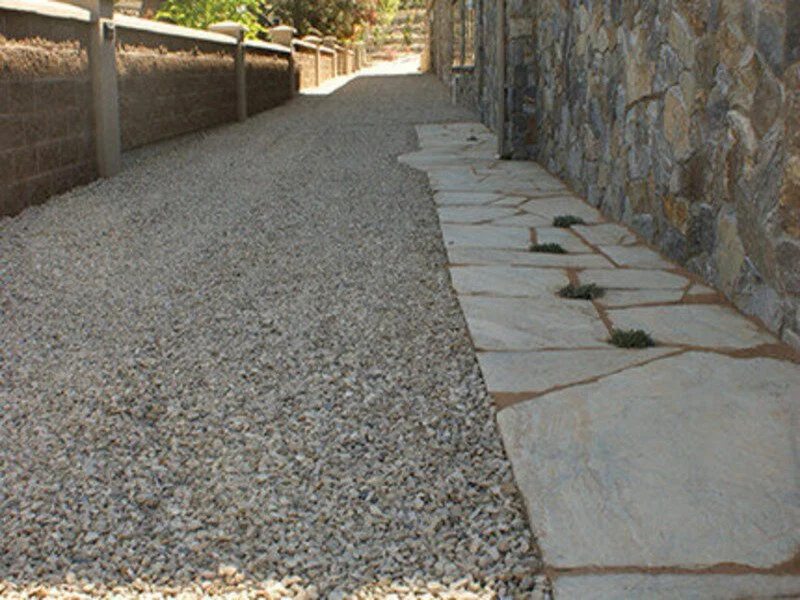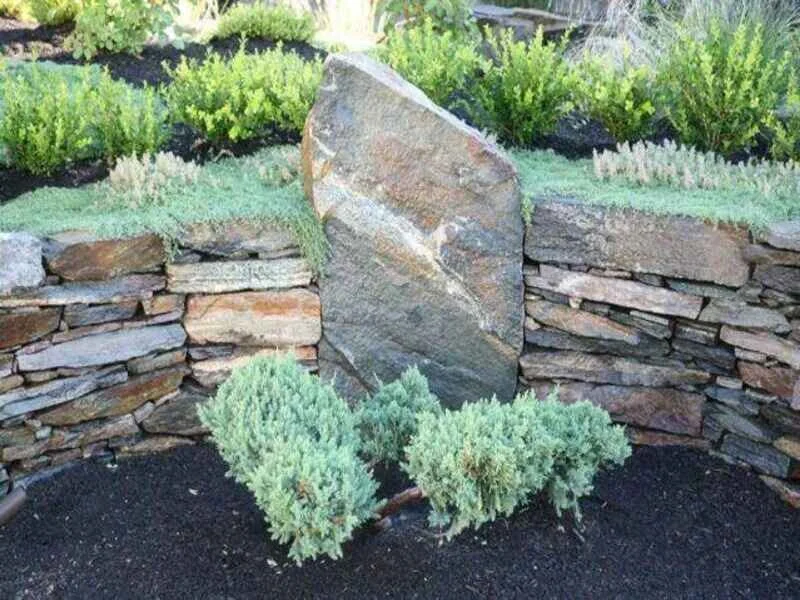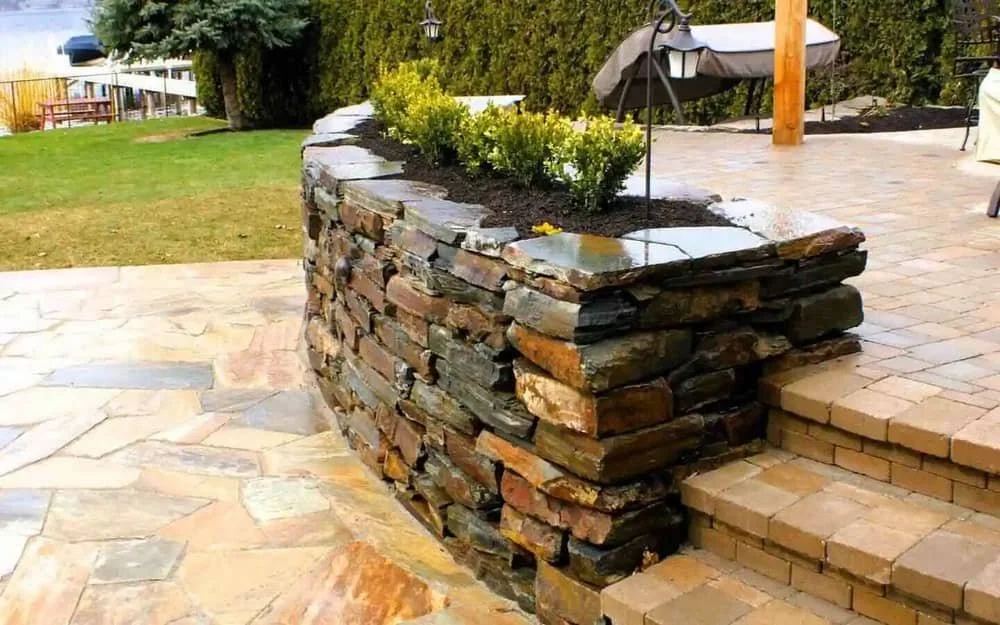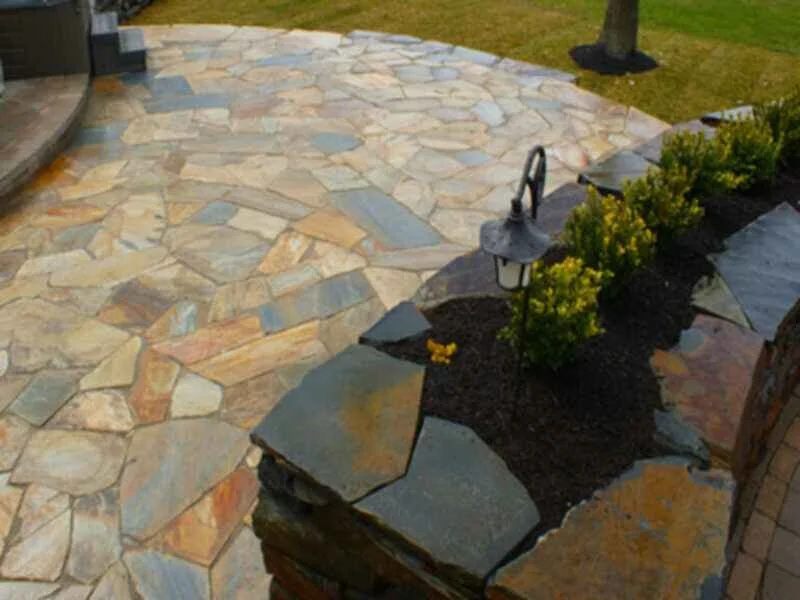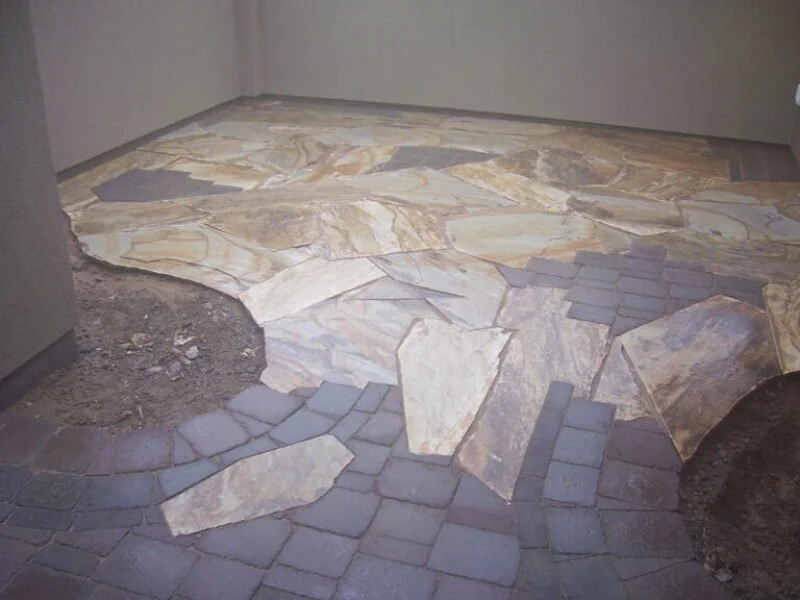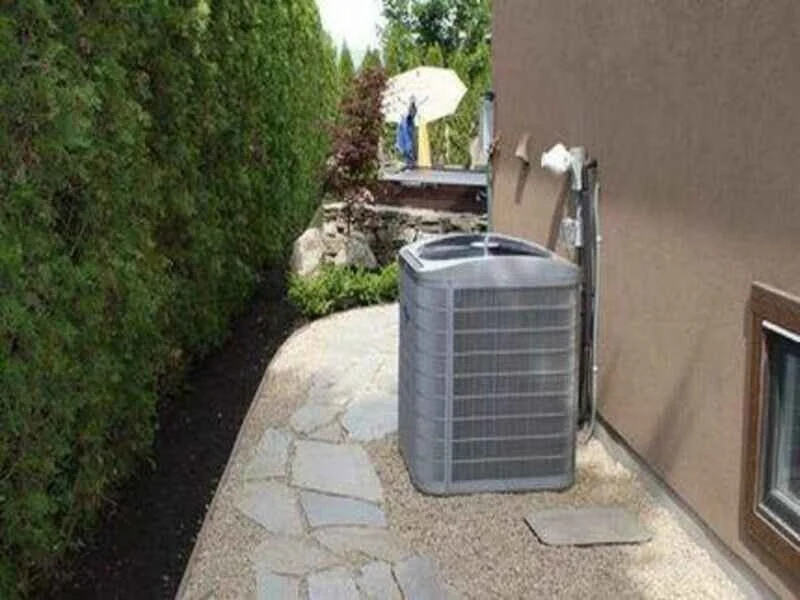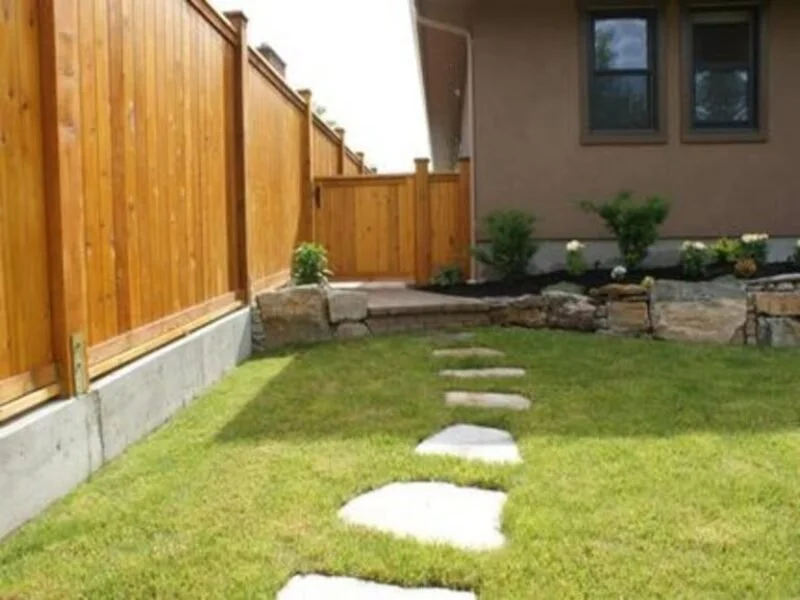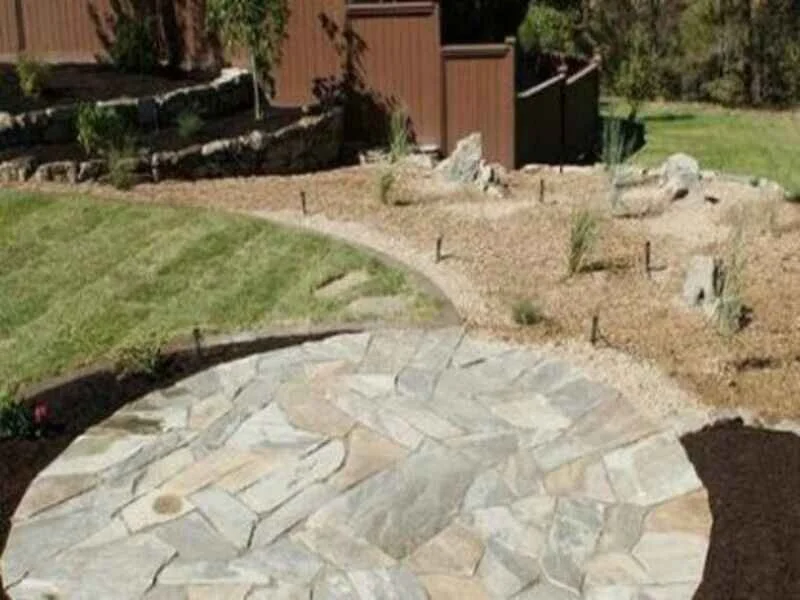Nanaimo flagstone and Natural stone
How much does flagstone installation cost? How much flagstone do i need? What are the benefits of flagstone?At Creative By Design, we thrive on design and installation with flagstone for walkways and seating areas. We also repair as well as install flagstone work.
Our professional staff offer several flagstone options from different styles and colours to different thicknesses.
With our flagstone expertise, we are able to create some beautiful surfaces for any project, while staying within budget.
We are your first choice for professional flagstone installation contractors, when it comes to any flagstone services in Nanaimo.
Contact our office and arrange an appointment to start your natural stone project.
We offer:
- Licensed and 10+ years of experience
- Professional and reliable
- Full of creative ideas
- Estimates with Detailed breakdowns
- High quality installations

